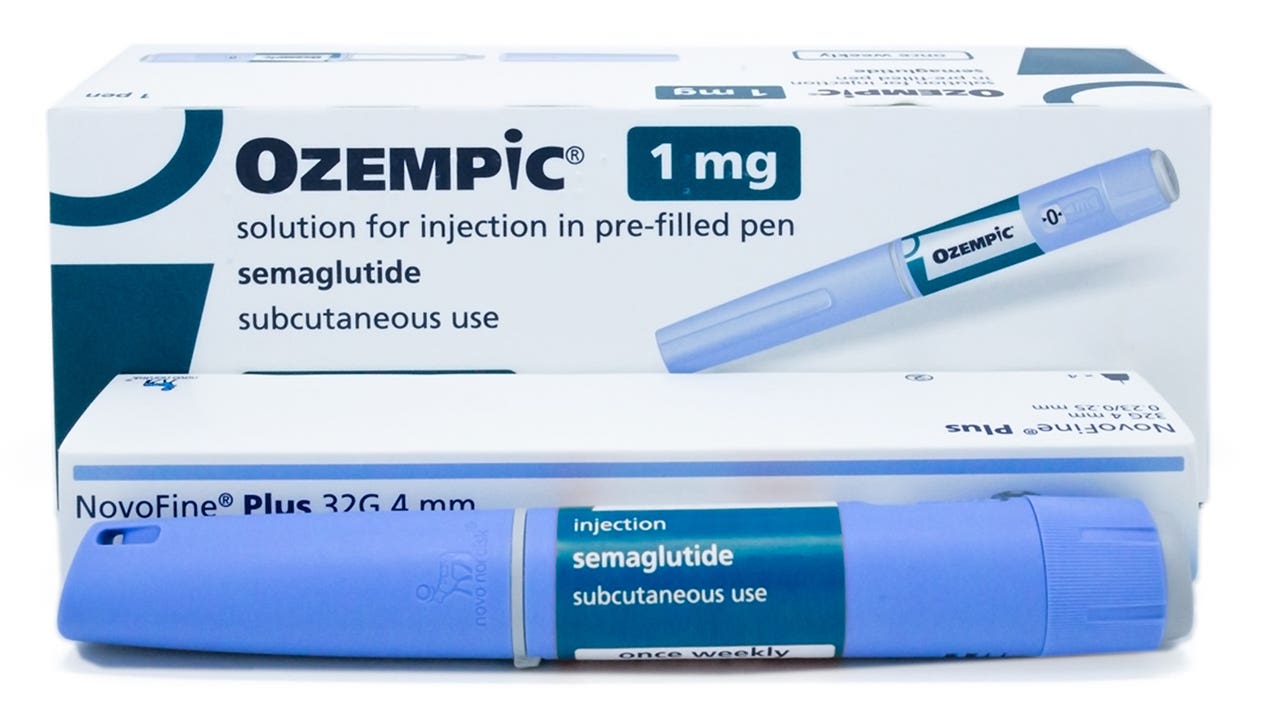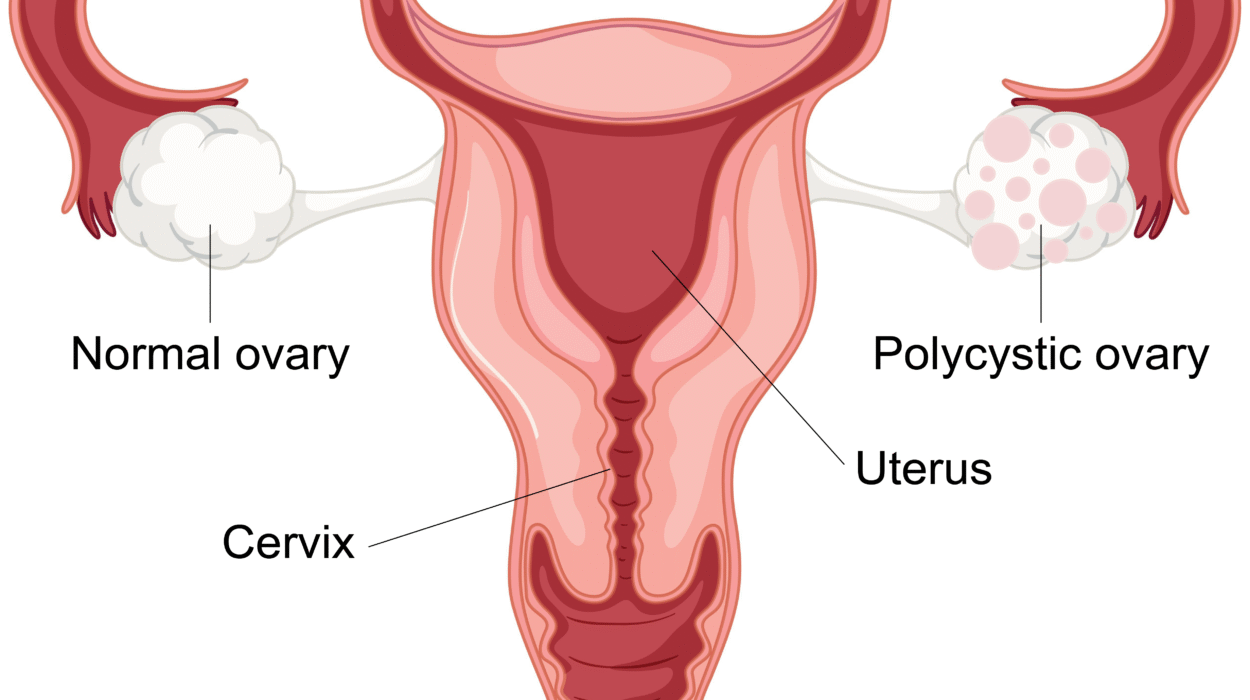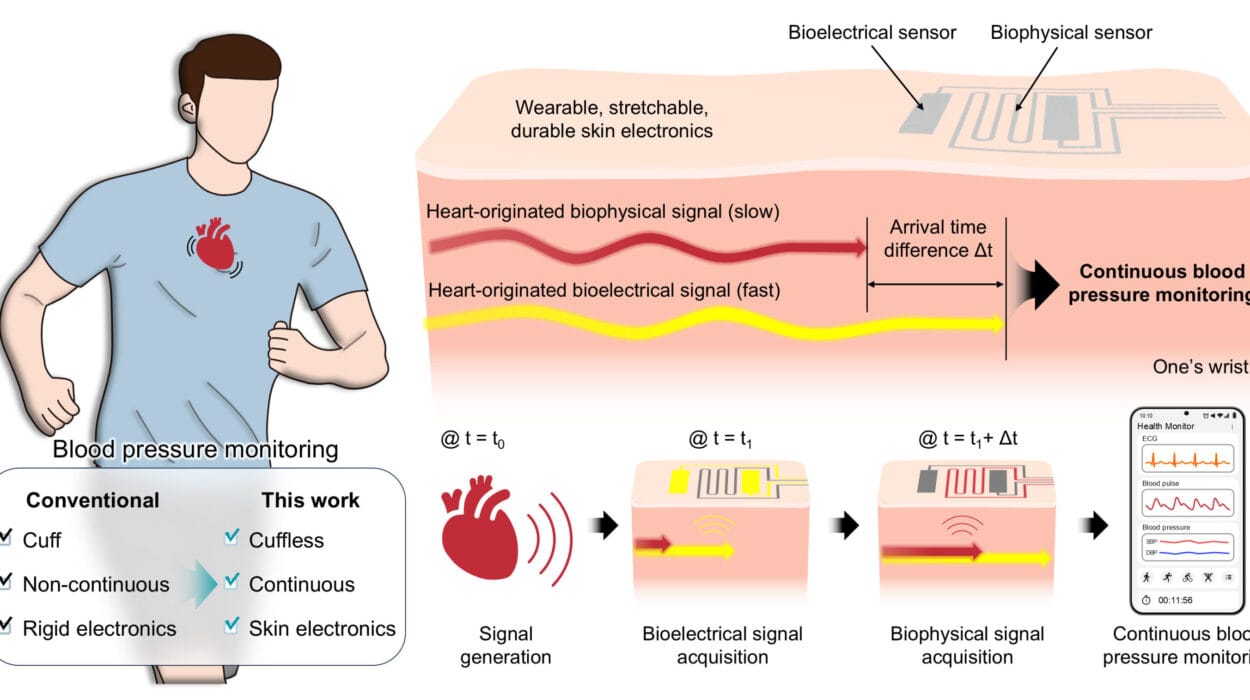In a discovery that could reshape the future of liver disease treatment, researchers have revealed groundbreaking results from the global ESSENCE Phase III clinical trial, showing that semaglutide—a drug originally developed for diabetes and weight loss—can not only halt but even reverse a dangerous liver condition known as MASH. The findings, published in the prestigious New England Journal of Medicine, signal a new era for millions living with progressive liver disease for which, until now, no approved medications existed.
A Global Epidemic with No Approved Cure—Until Now
The disease in question is Metabolic dysfunction-associated steatohepatitis (MASH), a severe progression of Metabolic dysfunction-associated steatotic liver disease (MASLD)—formerly termed non-alcoholic fatty liver disease (NAFLD). Both are stealthy, chronic conditions characterized by excessive fat buildup in the liver, frequently driven by obesity, insulin resistance, and metabolic syndrome. Left unchecked, MASLD silently evolves into MASH, triggering inflammation, liver cell damage, fibrosis, and ultimately cirrhosis or liver cancer.
MASLD is far from rare; it affects an estimated one in five people in the UK alone and has similar prevalence in other parts of the world, particularly in countries grappling with rising obesity and type 2 diabetes rates. Yet, despite its devastating consequences and rising global footprint, there is currently no licensed drug therapy specifically targeting the disease. That’s what makes the ESSENCE trial not only timely, but potentially transformative.
The ESSENCE Trial: A Monumental Undertaking
Conducted at 253 clinical sites across 37 countries, the ESSENCE trial represents one of the most comprehensive studies ever undertaken in the field of liver disease. Between May 2021 and April 2023, a total of 800 participants with biopsy-confirmed MASH were enrolled and randomly assigned to receive either 2.4 milligrams of semaglutide once weekly or a placebo, alongside lifestyle counseling, for 72 weeks.
More than half of the trial participants had type 2 diabetes, and about three-quarters were living with obesity—two conditions that often travel hand-in-hand with MASLD and MASH. This participant profile reflects the real-world population affected by the disease and highlights semaglutide’s potential relevance on a global scale.
The study was led by two giants in liver research: Professor Philip Newsome, Director of the Roger Williams Institute of Liver Studies at King’s College London, and Professor Arun Sanyal at VCU School of Medicine, United States. Together, they orchestrated a trial that not only meets the rigorous standards of regulatory agencies but also answers a long-standing question in hepatology: Can advanced liver disease be meaningfully treated without a liver transplant?
Semaglutide: More Than a Weight-Loss Drug
Originally developed as a GLP-1 receptor agonist for the management of type 2 diabetes, semaglutide has in recent years gained massive popularity as a powerful weight-loss drug under brand names like Ozempic and Wegovy. Its mechanism—mimicking the action of a hormone that regulates insulin and appetite—helps reduce blood sugar levels and promote sustained weight loss.
But semaglutide’s benefits extend beyond the pancreas and waistline. Researchers had noted in smaller studies that it also reduced fat accumulation in the liver, lowered inflammatory markers, and improved liver enzyme profiles. These early observations, including a 2020 study led by Professor Newsome published in The Lancet, laid the groundwork for the large-scale ESSENCE trial.
The Breakthrough: What the Data Shows
The results from ESSENCE are nothing short of stunning.
After 72 weeks of treatment, 62.9% of patients receiving semaglutide saw a resolution of steatohepatitis—a reversal of inflammation and fat-induced damage to the liver—compared to just 34.3% in the placebo group. This indicates that the drug not only halts the disease but may actually reverse it in a significant number of patients.
Even more compelling were the findings on fibrosis, the dangerous scarring that leads to cirrhosis and liver failure. In the semaglutide group, 36.8% of patients showed improvement in fibrosis, versus only 22.4% in the placebo arm.
But the benefits didn’t stop there. Participants on semaglutide also experienced:
- A 10.5% reduction in body weight, further relieving metabolic strain on the liver.
- Significant drops in liver enzymes (such as ALT and AST), signaling reduced liver stress.
- Improved blood markers of fibrosis, such as PRO-C3 and ELF scores.
In essence, semaglutide acted as a multi-system therapy, tackling obesity, insulin resistance, inflammation, and fibrosis—key pillars of MASH progression.
Side Effects and Safety
No medication is without its drawbacks. In the semaglutide group, gastrointestinal side effects were more common, including nausea, diarrhea, constipation, and vomiting—known issues with GLP-1 drugs. However, these side effects were generally mild to moderate, transient, and manageable.
Importantly, no new safety concerns were identified. The safety profile of semaglutide remained consistent with previous trials in diabetes and obesity populations, reinforcing confidence in its use for MASH patients, many of whom already suffer from overlapping metabolic diseases.
Expert Perspectives: A New Horizon in Liver Medicine
The excitement within the medical community is palpable.
“I’ve been working with GLP-1 treatments for sixteen years, and these results are hugely exciting,” said Professor Newsome, reflecting on the culmination of nearly two decades of research. “MASLD is a growing problem worldwide and this trial will provide real hope for patients with MASH. While these results must be treated with caution, the analysis shows semaglutide can be an effective tool to treat this advanced liver disease.”
His cautious optimism is echoed by liver specialists across the globe. For a condition that has often been seen as a silent killer with no clear therapeutic path, these findings represent not just a medical advance but a psychological turning point. Patients who once faced an uncertain future may now have a legitimate chance at healing and recovery—without surgery or liver transplantation.
Next Steps: Long-Term Data and Global Approval
While the 72-week data is persuasive, the journey is far from over. The research team plans to follow 1,200 participants for up to five years to better understand semaglutide’s long-term effects on liver outcomes such as cirrhosis progression, need for liver transplant, or development of liver cancer.
Additionally, discussions with regulatory authorities such as the FDA, EMA, and MHRA will be critical to fast-tracking approval for semaglutide as a treatment for MASH. If approved, it would become the first-ever drug licensed specifically for this disease—a milestone in hepatology.
A Tipping Point for Public Health
Beyond the immediate clinical implications, the ESSENCE trial has the potential to change how public health systems address metabolic liver disease. MASH is projected to become the leading cause of liver transplantation within the next decade in Western countries. The economic burden—from diagnostic testing and imaging to hospitalizations and surgeries—runs into billions of dollars annually.
Semaglutide offers a scalable, non-invasive, and clinically proven intervention that could prevent advanced liver damage, improve quality of life, and reduce the burden on healthcare systems. This could, in time, lead to new screening protocols and early intervention strategies for high-risk populations.
The Bigger Picture: From Obesity to Organ Protection
What makes this discovery particularly powerful is the ripple effect of semaglutide across organ systems. By lowering weight, reducing inflammation, improving insulin sensitivity, and reversing liver damage, semaglutide may herald a paradigm shift in how we approach chronic metabolic diseases—not as isolated problems but as interwoven threads of a systemic dysfunction.
MASH, diabetes, obesity, cardiovascular disease, and even some cancers are all interconnected. A single drug that can beneficially impact several of these conditions simultaneously opens the door to a new class of multi-target therapies.
A New Chapter Begins
The ESSENCE trial is more than a research study—it’s the beginning of a revolution in liver disease treatment. For the millions silently battling MASH, the emergence of semaglutide as a potential therapy offers hope, relief, and above all, validation that their disease is real, serious, and finally—treatable.
As the scientific world now looks to regulatory approval and long-term follow-up, one thing is certain: the era of helplessly watching liver disease progress without intervention may soon be coming to an end.
The liver, a remarkable organ capable of regeneration, may now be getting the pharmaceutical ally it has long deserved.






